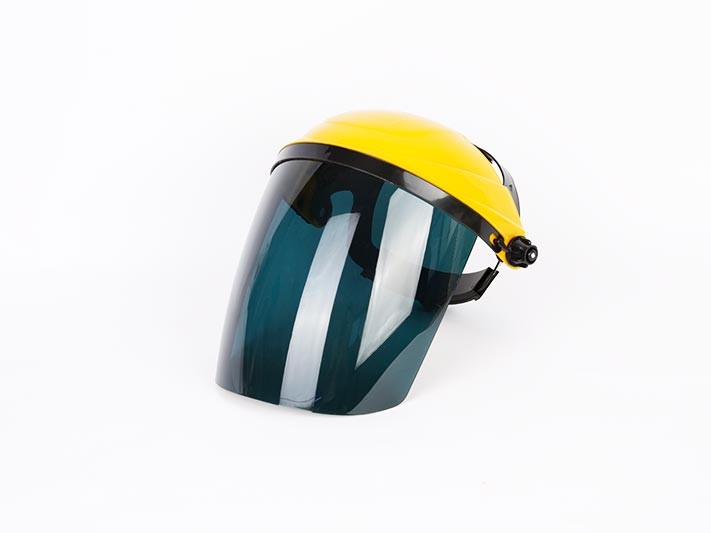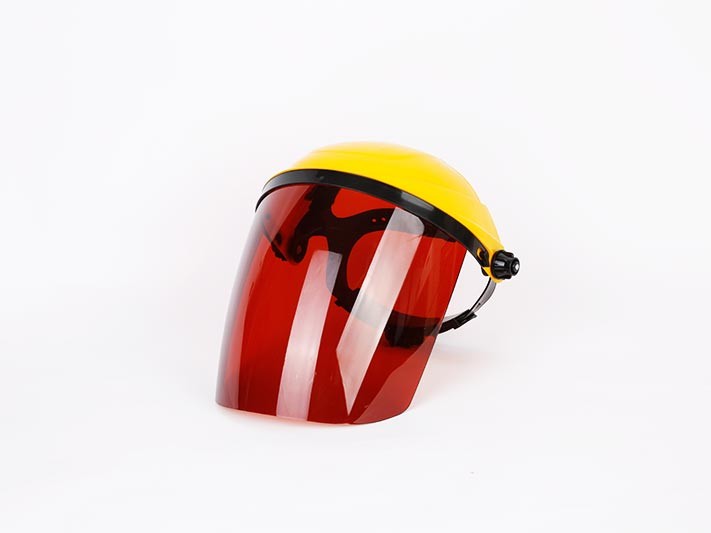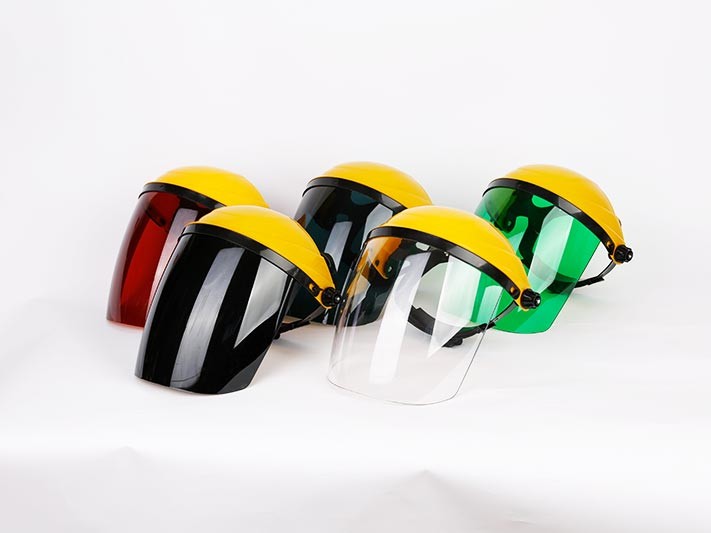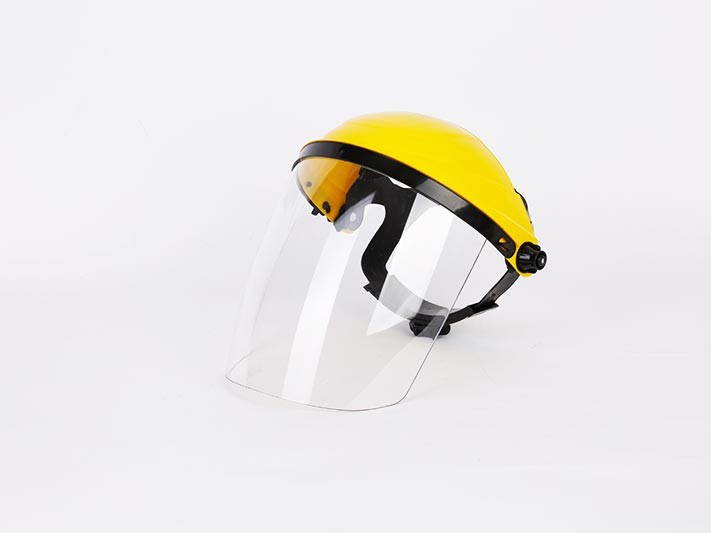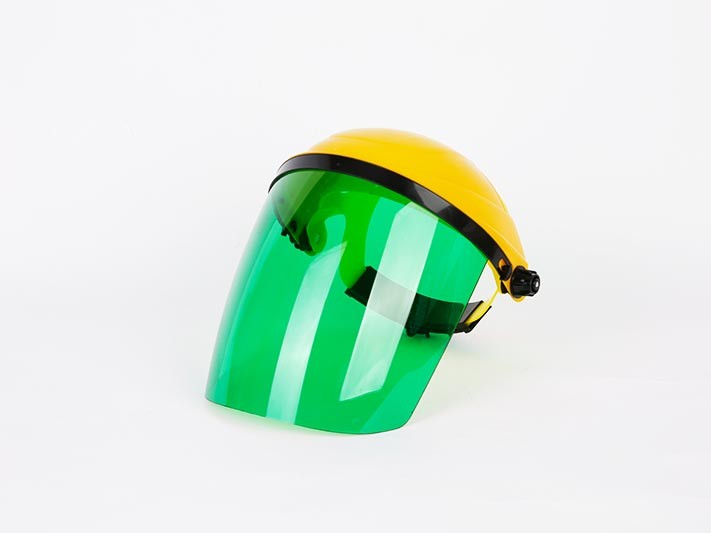當(dāng)前位置 :
Basic knowledge of the use of protective mask filters
The basic common sense of the use of protective mask filters are as follows:
1. Principle: The filter is made of plastic or glass and added with special dyes. The red filter can only pass red light, and so on. The transmittance of the glass sheet is similar to that of air originally, and all colored light can pass through, so it is transparent, but after dyeing, the molecular structure changes, the refractive index also changes, and the passage of some colored light changes. For example, when a beam of white light passes through a blue filter, a beam of blue light is emitted, while less green and red light are absorbed by the filter.
2. Features: Its main feature is that the size can be made quite large. Thin-film filters generally transmit longer wavelengths and are mostly used as infrared filters. The latter is to alternately form a metal-dielectric-metal film with a certain thickness of high refractive index or low refractive index, or an all-dielectric film, on a certain substrate by vacuum coating, forming a low-level, multi-level series solid method. Brie-Perot interferometer. The choice of film material, thickness and series connection is determined by the required central wavelength and transmission bandwidth λ.
3. Various interference filters with wavelengths ranging from ultraviolet to infrared, with λ ranging from 1 to 500 angstroms. The peak transmittance of the metal-dielectric film filter is not as high as that of the all-dielectric film, but the secondary peak and sideband problems of the latter are more serious. There is also a circular or elongated variable interference filter in the thin film interference filter, which is suitable for space astronomical measurement. In addition, there is a two-color filter, which is placed at an angle of 45° to the incident beam, which can decompose the beam into two different colors of light with high and uniform reflection and transmittance, which are perpendicular to each other. Color metering. The interference filter generally requires normal incidence, and when the incident angle increases, it moves to the short-wave direction.
1. Principle: The filter is made of plastic or glass and added with special dyes. The red filter can only pass red light, and so on. The transmittance of the glass sheet is similar to that of air originally, and all colored light can pass through, so it is transparent, but after dyeing, the molecular structure changes, the refractive index also changes, and the passage of some colored light changes. For example, when a beam of white light passes through a blue filter, a beam of blue light is emitted, while less green and red light are absorbed by the filter.
2. Features: Its main feature is that the size can be made quite large. Thin-film filters generally transmit longer wavelengths and are mostly used as infrared filters. The latter is to alternately form a metal-dielectric-metal film with a certain thickness of high refractive index or low refractive index, or an all-dielectric film, on a certain substrate by vacuum coating, forming a low-level, multi-level series solid method. Brie-Perot interferometer. The choice of film material, thickness and series connection is determined by the required central wavelength and transmission bandwidth λ.
3. Various interference filters with wavelengths ranging from ultraviolet to infrared, with λ ranging from 1 to 500 angstroms. The peak transmittance of the metal-dielectric film filter is not as high as that of the all-dielectric film, but the secondary peak and sideband problems of the latter are more serious. There is also a circular or elongated variable interference filter in the thin film interference filter, which is suitable for space astronomical measurement. In addition, there is a two-color filter, which is placed at an angle of 45° to the incident beam, which can decompose the beam into two different colors of light with high and uniform reflection and transmittance, which are perpendicular to each other. Color metering. The interference filter generally requires normal incidence, and when the incident angle increases, it moves to the short-wave direction.
沒有了
沒有了
相關(guān)資料
相關(guān)產(chǎn)品
臨沂市永磊勞保用品有限公司
聯(lián)系人:徐經(jīng)理
手機151-0539-6812
地址:臨沂市經(jīng)濟開發(fā)區(qū)沈陽路北解白河?xùn)|
歡迎您的光臨一a一级级毛片免费看看,期待與您合作
24小時服務(wù)熱線:
158-6485-8886
公司地址:
山東省臨沂市經(jīng)濟開發(fā)區(qū)沈陽路北解白河?xùn)|
158-6485-8886
公司地址:
山東省臨沂市經(jīng)濟開發(fā)區(qū)沈陽路北解白河?xùn)|

Copyright 2020 臨沂永磊勞保用品有限公司 版權(quán)所有 網(wǎng)站地圖 |




